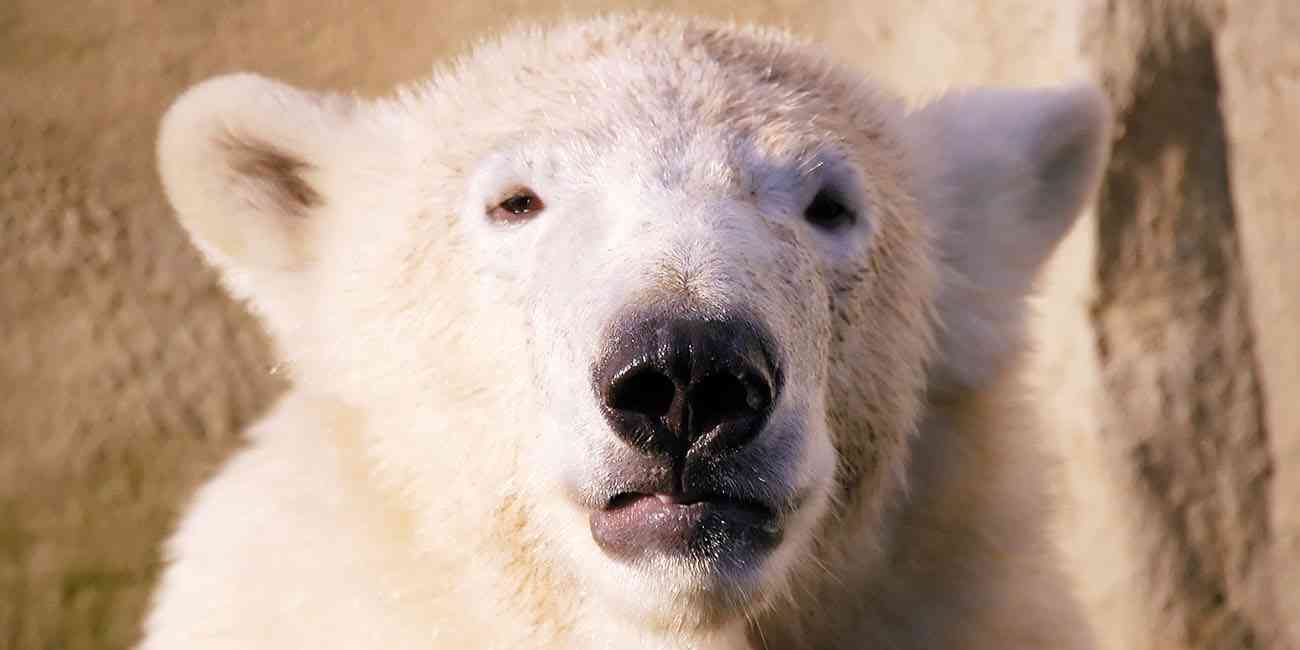
15 Animals With Down Syndrome Whose Photos Will Melt Your Heart
Down syndrome is a condition in which a person has an extra chromosome. Chromosomes are small "packages" of genes in the body. They determine how a baby's body forms and functions as it grows during pregnancy and after birth. Typically, a baby is born with 46 chromosomes. Babies with Down syndrome have an extra copy of one of these.
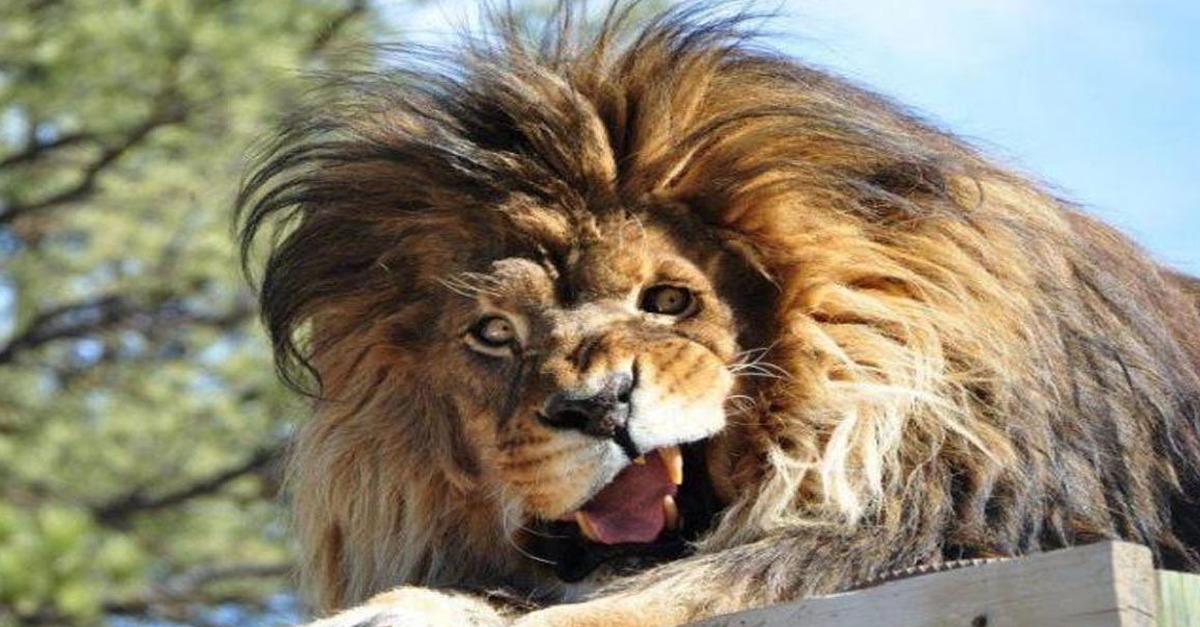
Trisomie 21 Können Tiere wirklich am DownSyndrom erkranken?
Self-talking. Self-talking, or talking to yourself, is very common in children and adults with Down syndrome. This behavior often makes families worried. Try not to worry! Self-talking is normal and also serves a very useful purpose. Self-talk plays an important role in cognitive development. It also helps children coordinate actions and thoughts.

Here Are 14 Beautiful Animals With Down Syndrome (PHOTOS)
Regression (DSDD/URDS) Often parents and other caregivers seek consultation from diagnosticians related to early onset dementia when an adult in his or her teens or 20s begins to show significant decline in function and behavior (such as mood changes), and cognition. The behavioral changes often manifest in changes in motor skills, unusual.
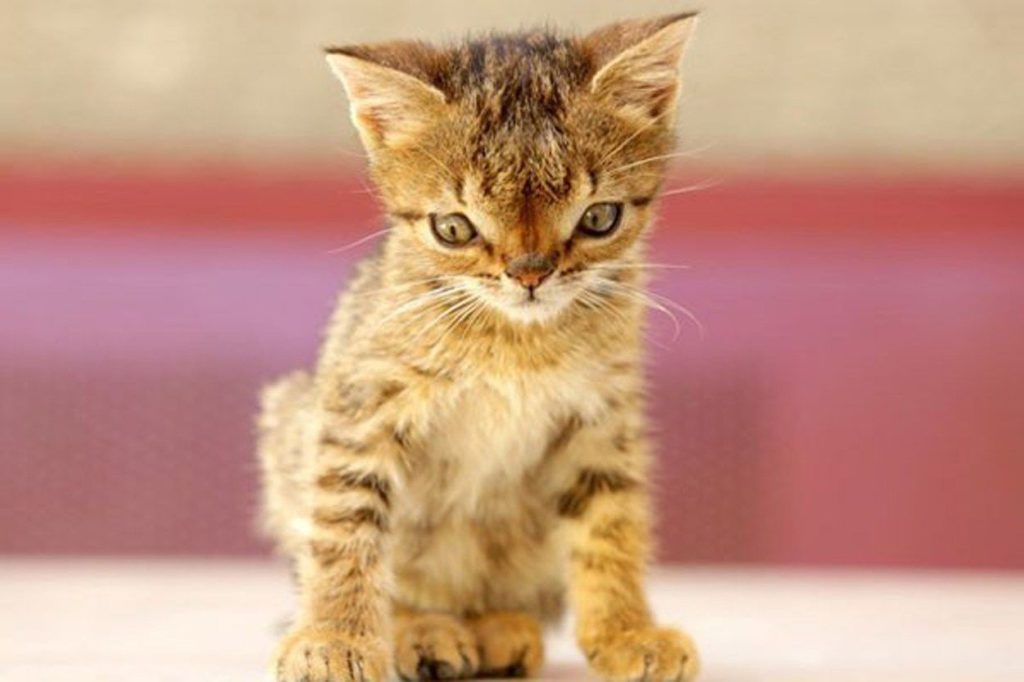
10 animals with down syndrome that will warm your heart Goodfullness
The 20 Best Down Syndrome Doctors Near Me Refine your search results with filters Specialty Additional Specialty Gender Years of Experience Level of Expertise Last Updated: 11/09/2023 Looking for the best doctor for you? Start Here Learn about our expert tiers Learn more Learn about our doctor expertise tiers.

Can Cats And Kittens Have Down Syndrome?
Down syndrome is named after Dr John Langdon Down who wrote about it in 1866. Down syndrome is sometimes called trisomy 21, because people with Down syndrome have three number 21 chromosomes. A syndrome is a group of different things that can happen in your body. A syndrome is not an illness or a disease.

19 Inspiring Photos of Animals With Down Syndrome
Interest and awareness of an unusual regression in some patients with Down syndrome (DS) have grown in the past decades, and 80 published cases from 9 previous studies guide us. 1,2,3,4,5,6,7,8,9.
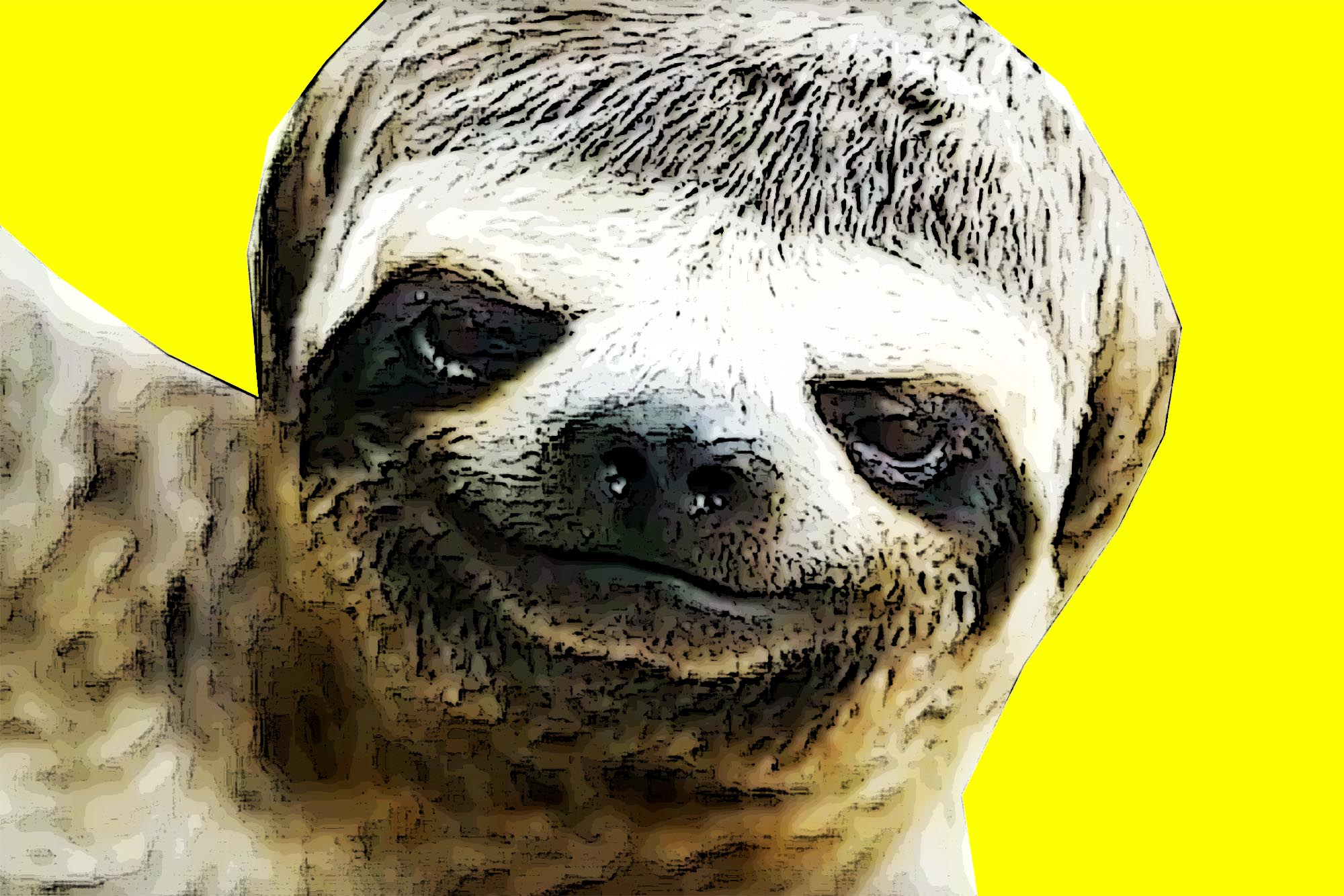
9. Animals with Down Syndrome 1 RollStroll
Trisomy 21: In this type of Down syndrome, each cell in the body has three separate copies of chromosome 21 instead of the usual 2 copies. About 95% of people with Down syndrome have this type. Translocation Down syndrome: This occurs when an extra part or a whole extra chromosome 21 is present, but it is attached to a different chromosome ("trans-located") rather than being a separate.

10 animals with down syndrome that will warm your heart Goodfullness
Those types are: Trisomy 21 Down Syndrome The most common form of Down syndrome — accounting for roughly 95 percent of all cases — is trisomy 21 Down syndrome. The condition stems from an.
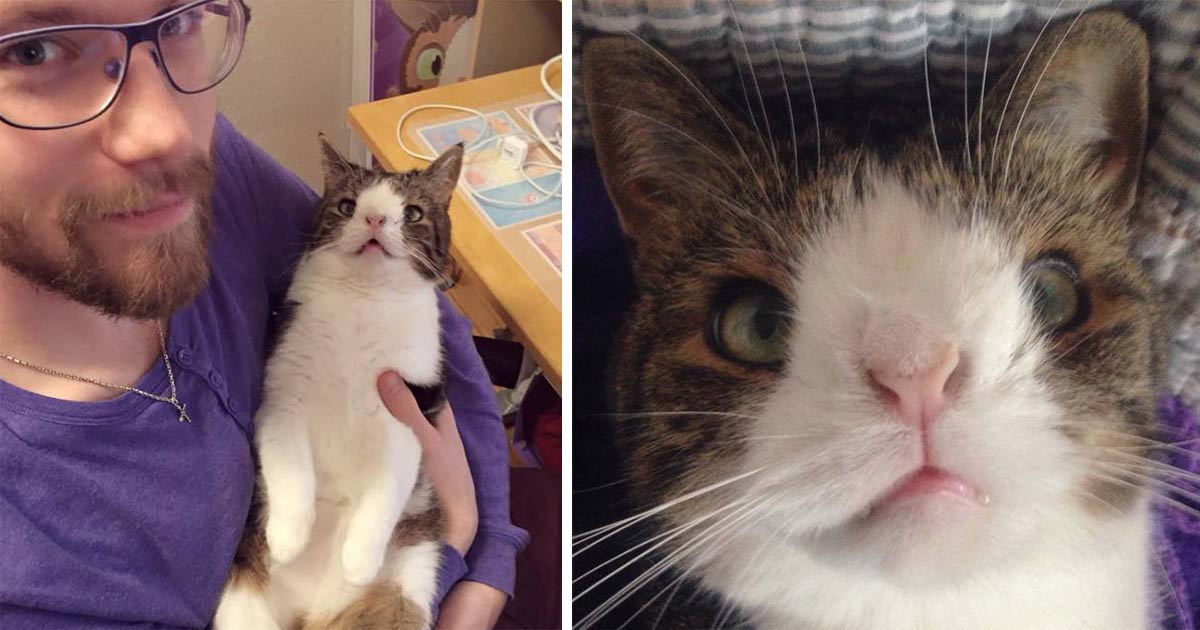
Trefft Monty, die Katze mit DownSyndrom, die die ganze Welt bezaubert.
Thanks to medical progress, people with Down syndrome are staying healthier and living longer. As recently as the 1950s, life expectancy for people with Down syndrome was as low as 15 years of age. Now, thanks to progress in medical and social sciences, people with Down syndrome's health and quality of life has improved significantly.

15 Animals With Down Syndrome Whose Photos Will Melt Your Heart
Objective: To develop standardization for nomenclature, diagnostic work up and diagnostic criteria for cases of neurocognitive regression in Down syndrome. Background: There are no consensus criteria for the evaluation or diagnosis of neurocognitive regression in persons with Down syndrome. As such, previously published data on this condition is relegated to smaller case series with.
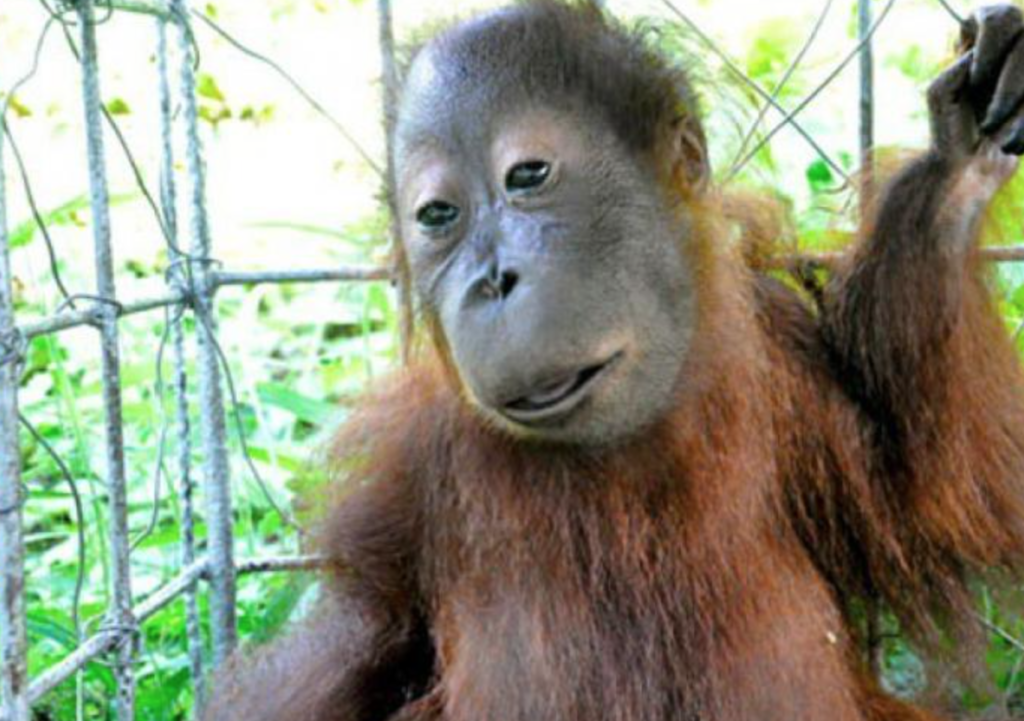
These Animals With Down Syndrome Are Simply Overloaded With Cuteness Page 5 of 13
Down syndrome or Down's syndrome, also known as trisomy 21, is a genetic disorder caused by the presence of all or part of a third copy of chromosome 21. It is usually associated with developmental delays, mild to moderate intellectual disability, and characteristic physical features. There are three types of Down syndrome, all with the same features: Trisomy 21, the most common type; Mosaic.

19 Inspiring Photos of Animals With Down Syndrome
The Down Syndrome Information Network of the Twin Tiers provides support and information for parents, caregivers and self advocates.
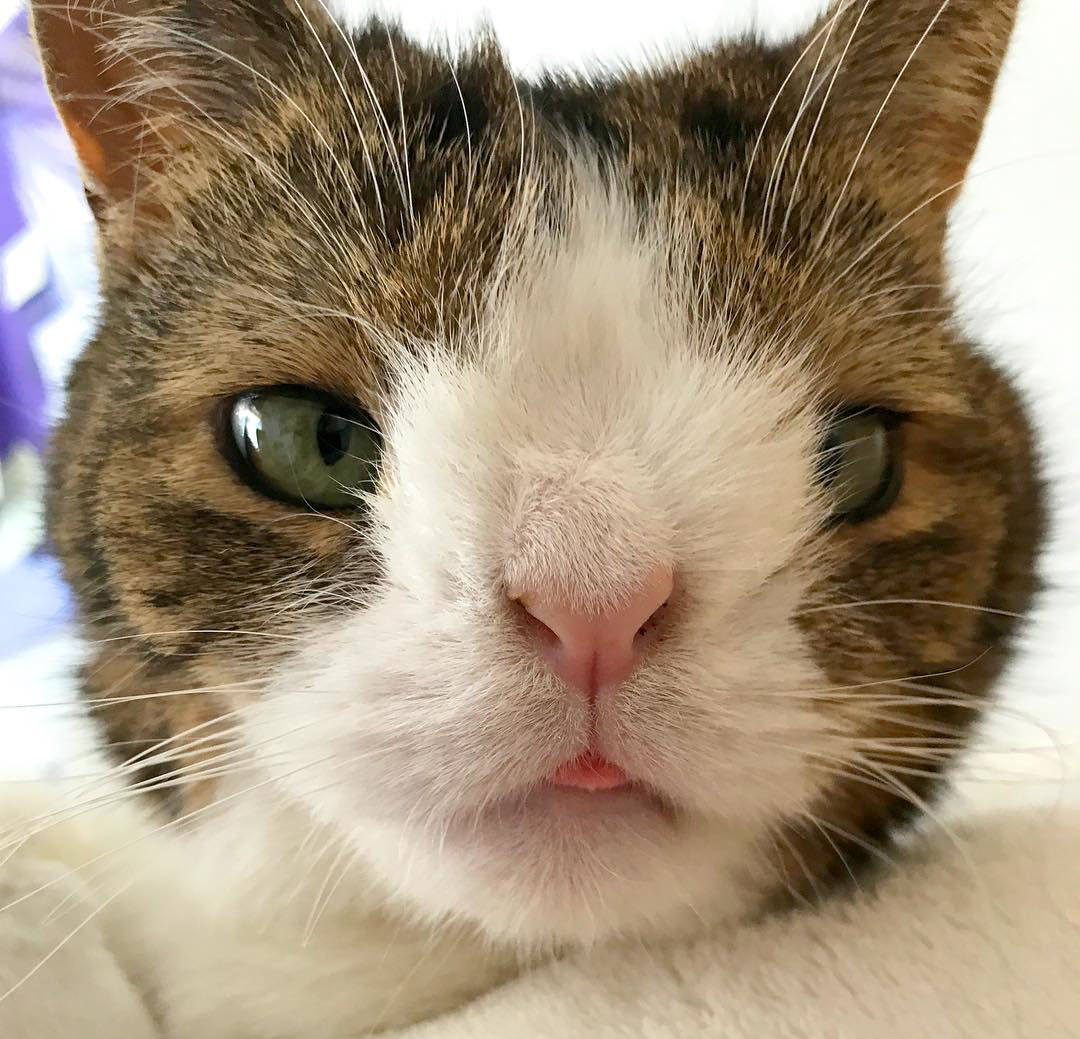
Cats With Down Syndrome Symptoms Cat Meme Stock Pictures and Photos
There is no single, standard treatment for Down syndrome. Treatments are based on each individual's physical and intellectual needs, as well as his or her personal strengths and limitations. 1 People with Down syndrome can receive proper care while living at home and in the community. A child with Down syndrome likely will receive care from a team of health professionals, including, but not.

10 animals with down syndrome that will warm your heart Goodfullness
Weight changes: Down syndrome is characterized by a short, stocky appearance and a full appearing face. This can make it difficult to recognize unusual weight gain, which occurs with hypothyroidism. If you or your child have Down syndrome, be aware that weight changes, including weight loss (a sign of hyperthyroidism), can signal thyroid disease.

Downs Syndrome Tiger White Tigers Are Not A Real Species YouTube A fascinating look at
Down syndrome (DS) is the commonest chromosomal disorder among live born infants. DS is associated with increased risk of endocrine abnormalities particularly thyroid gland disorders. The spectrum of thyroid dysfunction in patients with DS include congenital hypothyroidism, subclinical hypothyroidism, acquired hypothyroidism (autoimmune - non.
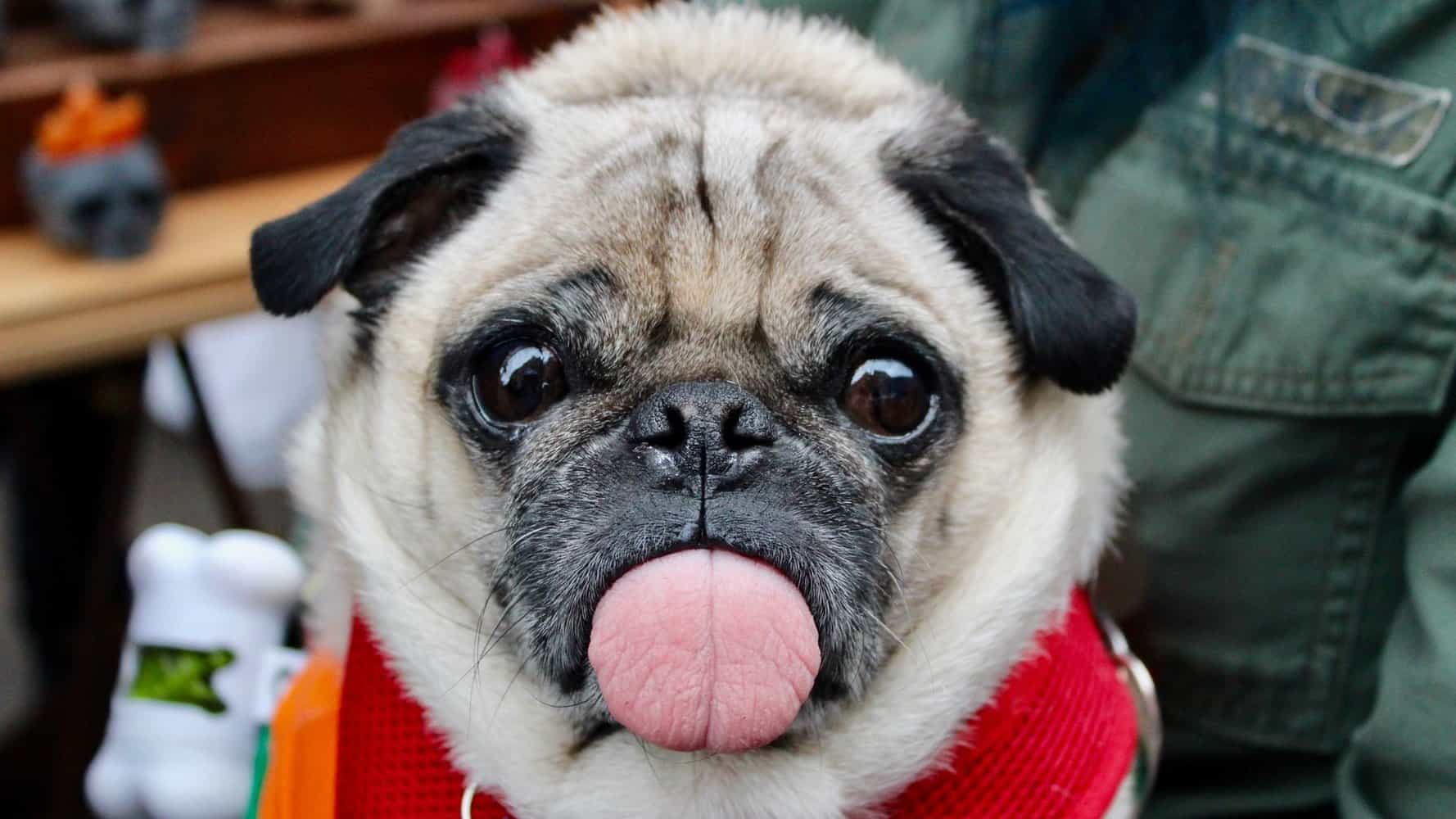
Trisomie 21 Hunde mit DownSyndrom Gibt es das wirklich?
Mosaic Down syndrome: This type of Down syndrome occurs when there is a mixture of some cells in the body with trisomy 21 and some cells in the body without an extra chromosome 21. The symptoms can be similar to symptoms of full trisomy 21, but sometimes the effects are milder. It is seen in about 2% of people diagnosed with Down syndrome.